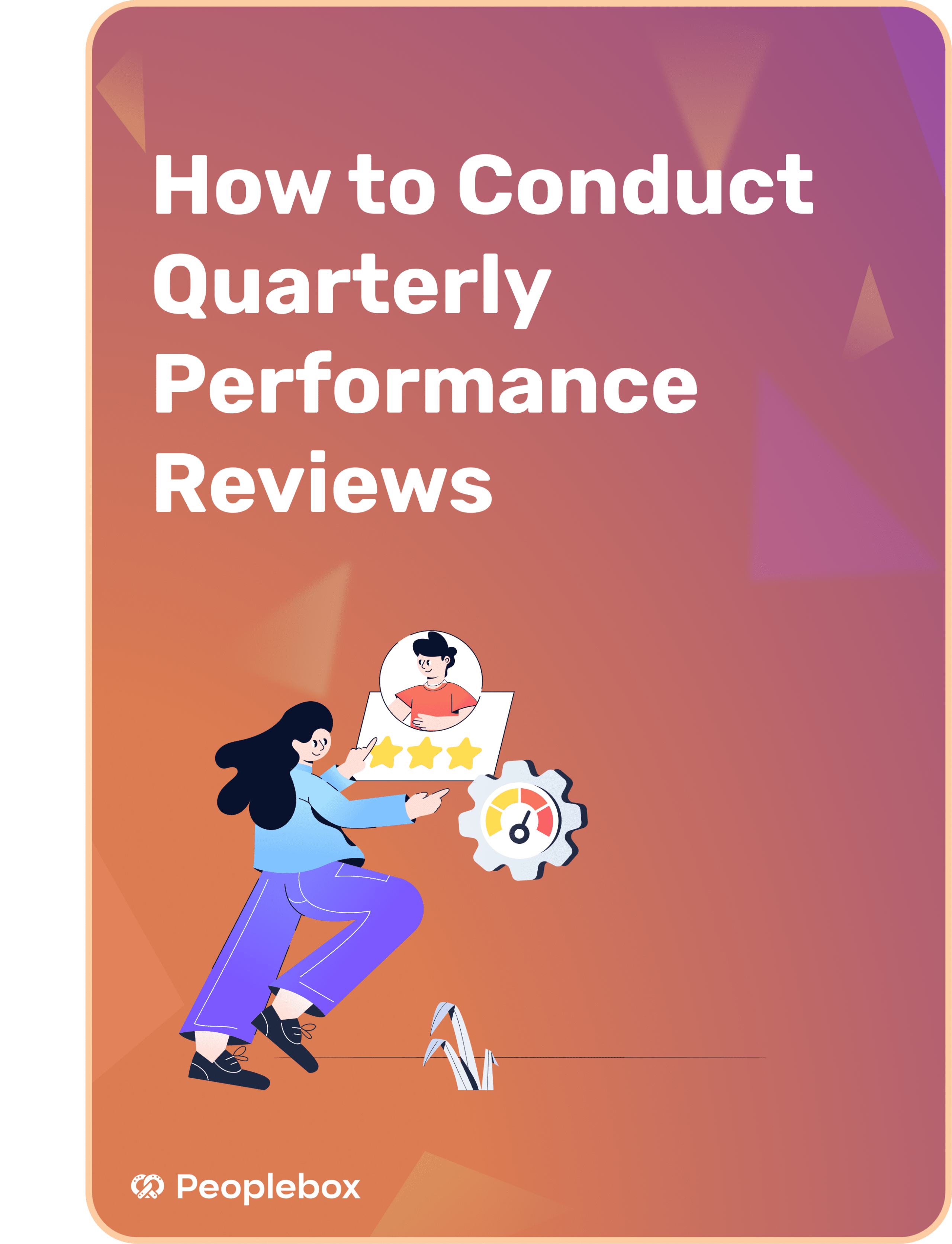CHAPTERS
Chapter 1: Understanding Performance Review Calibration
In this section, we delve into the strategic process of performance review calibration, where ratings are aligned and adjusted across teams to foster an objective and standardized approach to performance evaluation.
Chapter 2: Why Calibration Matters More Than You Think
Here, we explore the myriad benefits of performance review calibrations, ranging from promoting fairness and equity to enhancing organizational performance. Shockingly, 57% of major companies ignore performance review bias, underscoring the critical need for performance review calibration.
Chapter 3: The Process of Performance Review Calibration
Here, we share a comprehensive guide outlining the steps to effective calibration, including establishing clear standards, facilitating discussions, using technology for efficiency, and fostering open communication.
Chapter 4: Navigating the Challenges of Performance Review Calibration
Here, we address the common challenges encountered in performance review calibration. From individual bias to resistance to change, insufficient training to limited transparency, we provide practical tips to navigate these hurdles successfully in this informative section.
Chapter 5: How Peoplebox Fuels World-Class Performance Management
Here, we explore the transformative impact of Peoplebox on reshaping performance management. Through tools like 1:1 meetings, OKRs, check-ins, surveys, and reviews, we highlight how Peoplebox goes beyond mere software, offering white glove support and elevating performance reviews to an art form.







